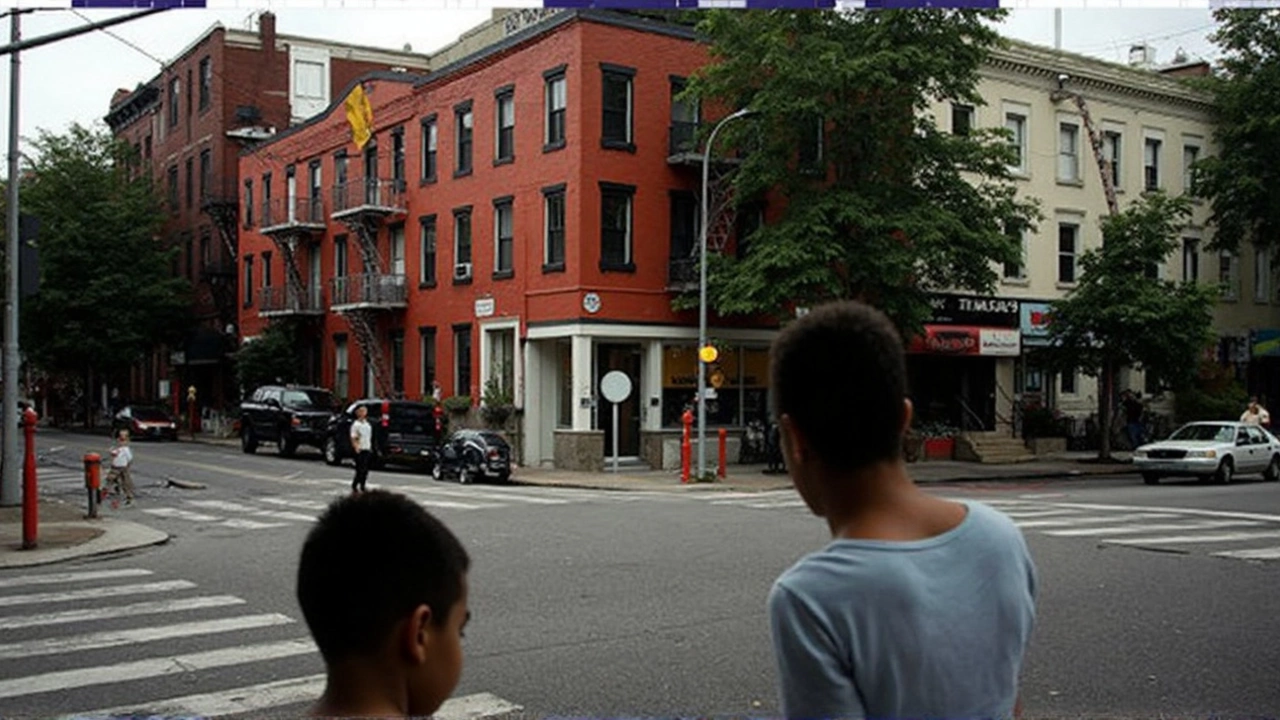Child Safety in Sports and Society
When talking about Child Safety, the practice of shielding children from physical, emotional, and digital harm. Also known as youth protection, it forms the backbone of healthy communities. Child safety encompasses online protection, physical environment security, and legal safeguards. It requires education, vigilant monitoring, and clear policies. For example, child safety demands that schools enforce safe‑play rules while parents set internet boundaries.
Key Areas of Child Safety
One of the fastest‑growing concerns is Online Safety, measures designed to protect users, especially minors, from digital threats. Recent UK moves to criminalise explicit deepfakes directly target children’s mental health, showing that online safety influences child safety by reducing exposure to non‑consensual images. Likewise, Sri Lanka’s debate over its Online Safety Act highlights how legislation can either bolster or undermine protection for young users.
Physical threats also matter. Gun Violence Prevention, efforts to stop firearms from harming civilians, especially children becomes critical after incidents like the Reno casino shooting, where by‑standers included families. Reducing easy access to weapons, improving community alert systems, and offering mental‑health resources all tie back to keeping kids safe in public spaces.
When kids play sports, another layer of safety kicks in. Sports Safety, practices that ensure safe training, equipment, and competition environments for athletes is essential for youth development. Tottenham’s pre‑season tour, for instance, showcases how professional clubs integrate grassroots activities, providing safe, supervised experiences for young fans. Proper coaching, concussion protocols, and age‑appropriate drills prevent injuries and build confidence.
Legal frameworks shape every safety effort. The UK’s criminal‑deepfake law, Sri Lanka’s Online Safety Act discussion, and global child‑protection treaties all illustrate that policy drives practice. When governments set clear standards, schools, clubs, and families can align their actions, creating a unified shield around children.
Practical steps for parents and educators include: monitoring screen time, using content‑filtering tools, teaching kids to spot manipulated media, encouraging open dialogue about gun‑related news, and ensuring sports programs follow certified safety guidelines. By tying digital vigilance to physical safeguards, communities build a comprehensive safety net.
Below you’ll find a curated set of stories that illustrate these themes—from online‑deepfake legislation to real‑world events impacting young people. Dive in to see how each piece adds to the broader picture of child safety.
